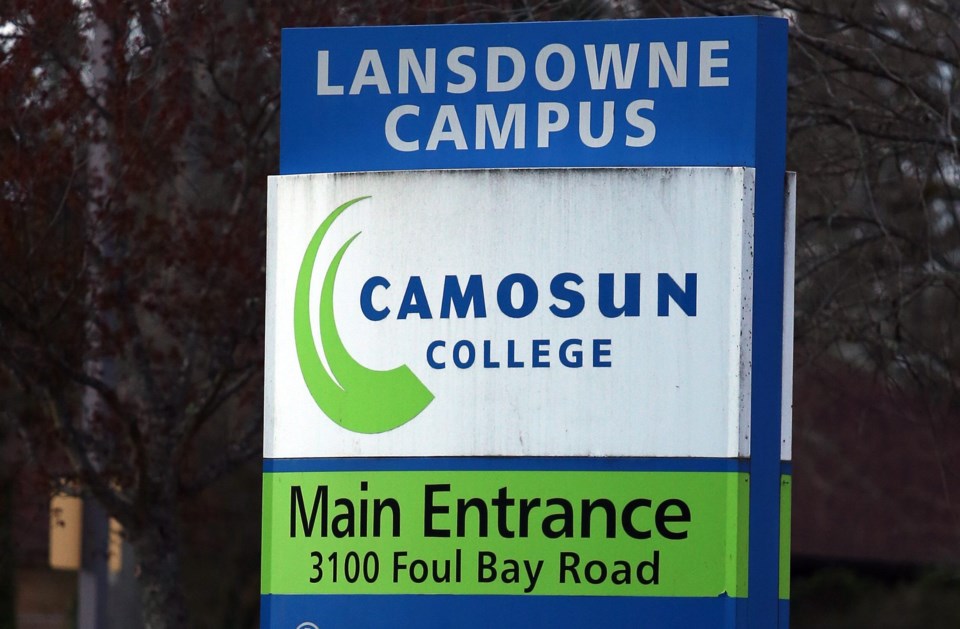Transforming from a typical classroom setting to online teaching has gone better than expected for Camosun College nursing instructor Hannah Ashwood-Smith.
Like other post-secondary institutions and schools across the country, Camosun has shifted from face-to-face instruction to help stop the spread of COVID-19. Staff has been stepping in with alternate methods of teaching.
The Ministry of Education wants to see sa���ʴ�ý’s schools have new learning methods in place by mid-April.
Ashwood-Smith said change came quickly for her. “Some of us in the nursing department had to switch almost in a weekend, and four of us have been teaching a heavy theory course online for two weeks now,” she said. “It’s been fascinating. It’s been a huge learning curve for us.”
The instructors have been using a virtual-classroom platform called Blackboard Collaborate, downloading power points and trying to engage the class.
Each of the four classes has about 40 students studying mental-health issues relating to the nursing profession and to patients. “It’s a whole different way of approaching education, with wonderful benefits and some challenges, too,” Ashwood-Smith said.
Given the nature of the course content — especially during the pandemic — it’s important to check in with students about their feelings via methods such as online polling, she said.
Students can also interact with instructors via Skype and other means.
Second-year student Claire Fullerton said the move to online learning has been smooth, with Ashwood-Smith providing an online setting for the students to communicate. “You can raise your hand, there’s a button to agree, disagree.”
Fullerton said students can also share a virtual whiteboard that they can write on and use to brainstorm.
She said she almost likes that feature better than its classroom equivalent, “because everyone has access to it and we can all see it together.”
Overall, the experience of online classes has been better than she expected, Fullerton said. “It’s not really just like a lecture format — we can all be part of the lecture and be adding our answers and doing group discussion.”
Ashwood-Smith agreed the class dynamic is different online than in person. Students have a visual of her while she teaches, while they can choose whether they want to show their faces. “Some of them choose to put their mikes on and speak to me and speak to the class, and then those people who are a bit shier have the ability to just type in their comments,” Ashwood-Smith said. “Everyone can view their comments and then we can carry on a discussion.
“You can keep them engaged in different ways.”
The students will complete this semester’s classes in a few weeks. The goal has been to keep the nursing students’ education going without interruption, Ashwood-Smith said. “Because they really are going to be the heroes of tomorrow.”
The switch to online learning has also been smooth at Brookes Westshore, an International Baccalaureate school for Grades 6 to 12. Its population of about 240 is split between day and international students.
Preparations began before spring break and augment an already well-used online system where teachers can put up lesson plans, videos and other resources, said head of school Jerry Salvador. “That’s how we communicate with them all the time.”
Now added to the mix is Microsoft Teams, which allows students to come online to work on activities established by their teacher. “The teacher can interact with the students and see what they need, if there’s any areas they don’t understand,” Salvador said. “So it’s not different to a regular class, except it’s done by online learning.
“It’s like Zoom or Skype, but a little bit more geared toward schools. We can take attendance, students can interact.”
The system is very user-friendly, Salvador said. “The kids adapt quite quickly to it.”
Students can also set their own groups, so they can work together on projects even though they are apart, Salvador said.



